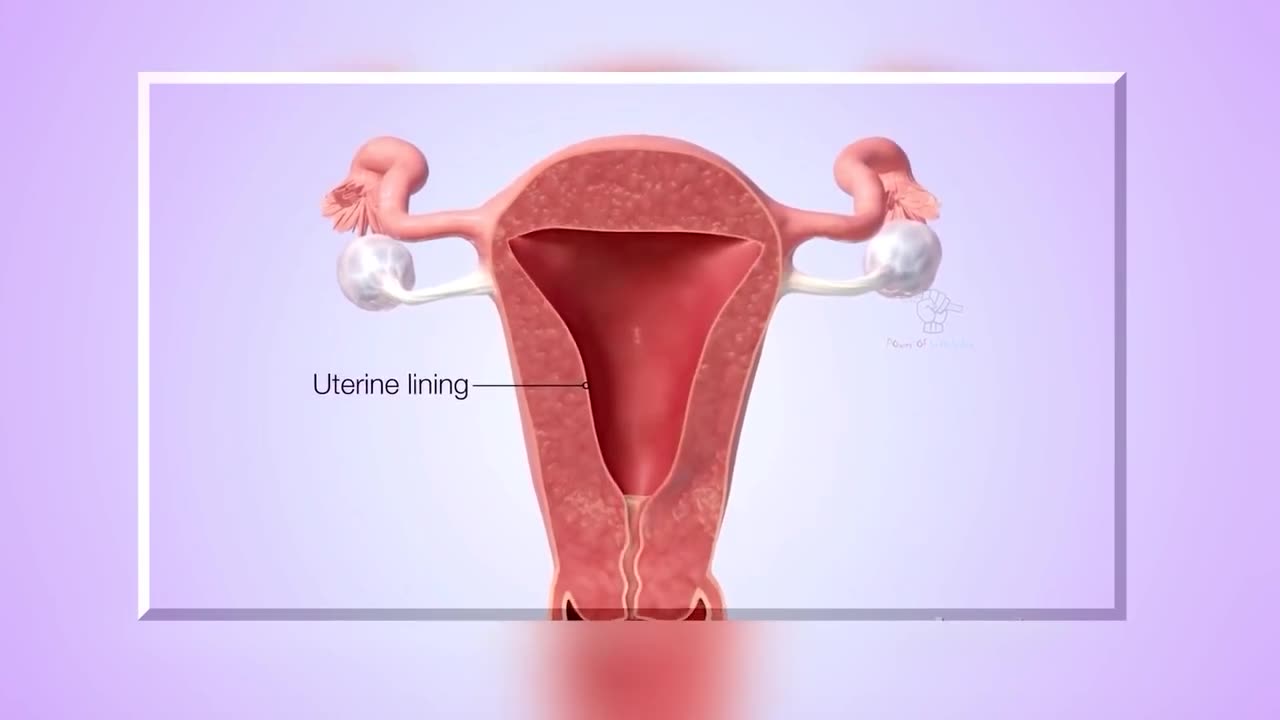Premium Only Content

How Intrauterine devices (IUDs) Works To Control Birth?
#iud #birthcontrol
The intrauterine device (IUD) is a flexible T-shaped device that is inserted into the female uterus for birth control purposes. There are two types of intrauterine devices. The IUD is 99% effective in preventing pregnancy and has a birth control range of 3 to 10 years. Hence, it is considered very effective for birth control.
The IUD is inserted into the uterus via a long, thin tube, and there is a string tied at the end of the IUD. This string helps during the removal of the IUD, as it can be pulled through from the uterus.
Copper-coated IUDs cause minor inflammation in the uterus, which kills sperms that may enter the uterus through the inflammatory response. Additionally, this copper-coated IUD prevents embryo implantation in the uterus. It is effective for birth control for 5 to 10 years before being removed.
On the other hand, hormonal IUDs release progestin hormone after being inserted into the uterus. Progestin thickens the mucus in the cervix region, preventing sperm from entering the uterus. Furthermore, progestin thins the uterine endometrial lining, making it difficult for the egg to implant in the uterus. Hormonal IUDs are effective in birth control for up to three years before removal.
One of the biggest advantages of an IUD is that it can be removed at any time, allowing the female to become pregnant again.
#iud #intauterinedevice #birthcontrol
-
 LIVE
LIVE
BonginoReport
1 hour agoTrump IS The Comedian in Chief - Nightly Scroll w/ Hayley Caronia (Ep.180)
9,770 watching -
 DVR
DVR
Kim Iversen
1 hour agoMarjorie Taylor Green Calls Trump A Traitor | Epstein's Brother Says They're SCRUBBING Files Of GOP Names
2.32K44 -
 1:36:18
1:36:18
Redacted News
2 hours agoBOMBSHELL! HOUSE VOTES TO RELEASE EPSTEIN FILES, EPSTEIN BROTHER SPEAKS ABOUT COVER-UP | REDACTED
122K82 -
 LIVE
LIVE
Dr Disrespect
8 hours ago🔴LIVE - DR DISRESPECT - ARC RAIDERS - NO MERCY TO MAX LEVEL
1,506 watching -
 LIVE
LIVE
StoneMountain64
4 hours agoBlack Ops 7 Dead Ops ARCADE Gameplay #Cod_Partner
83 watching -
 34:49
34:49
Stephen Gardner
3 hours ago🔥Trump DROPS Secret Plan – Democrats Left SPEECHLESS!
9.58K31 -
 LIVE
LIVE
The Rabble Wrangler
14 hours agoNew Eastwood Map | The Best in the West Dominates the Battlefield
63 watching -
 1:10:42
1:10:42
vivafrei
3 hours agoThomas Crooks Exposé is a BOMBSHELL! Epstein Drama Continues! Alexis Wilkins Streisand Effect & More
113K65 -
 1:41:04
1:41:04
The Quartering
4 hours agoEpstein Files Takes Its First Scalp, MTG Unleashes, Kash Patel Blasted, Internet Outage & More
117K87 -
 24:53
24:53
Jasmin Laine
2 hours ago“NO ONE BELIEVES YOU”—Carney Gets HUMILIATED in BRUTAL Showdown
4.36K11